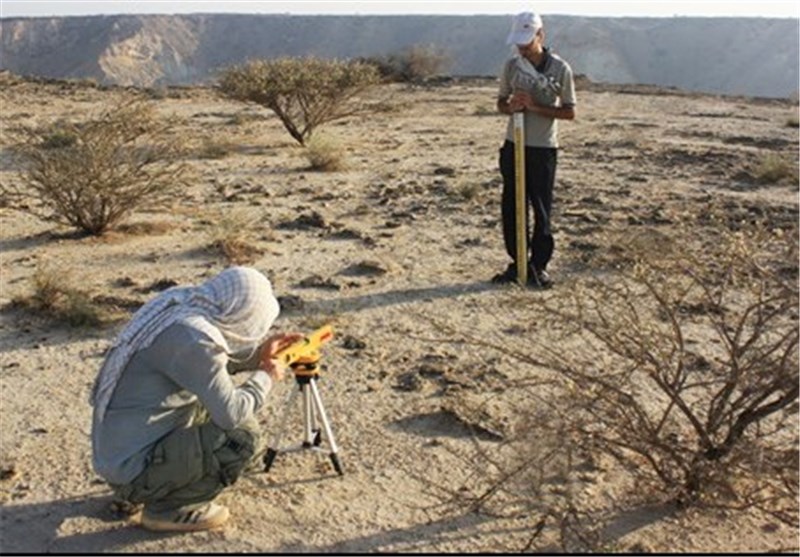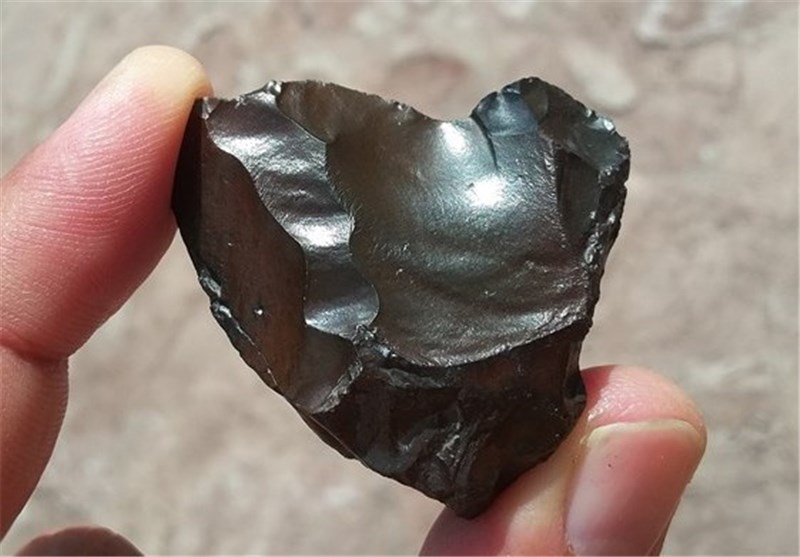Iranian Archaeologists Uncover Paleolithic Stone Tools on Qeshm Island
TEHRAN (Tasnim) – A team of Iranian archaeologists have unearthed stone tools manufactured in the Middle Paleolithic era on the Persian Gulf island of Qeshm, Iran's Research Institute for Cultural Heritage and Tourism (RICHT) announced.
Morteza Rahmati, the director of the Iranian archaeological team, said the oldest findings unearthed are massive stone tools which belong to the Paleolithic era and date back to 40,000 years ago, the official website of RICHT reported recently.
He added, “During the recent excavations near villages of Tabl and Salkh, a large number of stone tools were found.”
The site, which is called Bam-e Qeshm, is a large open-air site located on the Qeshm Island’s Global Geopark. It was first discovered by Abdolreza Dashtizadeh in 2005, who registered it in the National Register of Historic Places (NRHP) of Iran in 2011.

Rahmati further said the site had been inhabited by nomad families who used it as a place for making tools needed to hunt animals.
During the digs, overseen by Research Institute for Cultural Heritage and Tourism, sediment samples were also collected for sedimentological and geomorphological analysis of the site, he went on to say.
The Paleolithic era is a prehistoric period of human history distinguished by the development of the most primitive stone tools discovered, and covers roughly 95% of human technological prehistory. It extends from the earliest known use of stone tools, probably by Homo habilis initially, 2.6 million years ago, to the end of the Pleistocene around 10,000BP.





